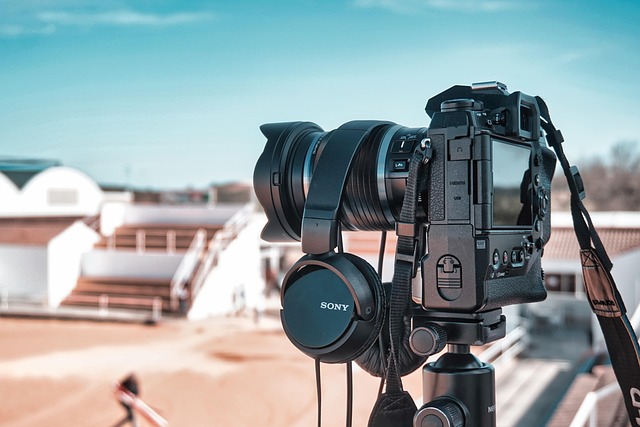DIY enthusiasts can enhance plumbing skills with basic knowledge of tools and fixtures. While simple tasks like replacing faucet cartridges can be tackled independently, complex issues require professional plumber services to avoid damage. Unclogging drains and installing water filters are DIY-able but stubborn clogs or larger projects necessitate expert help. Professional plumbers offer specialized tools and expertise for optimal plumbing health.
Looking to tackle plumbing projects around your home like a pro? This guide is your go-to resource for successful DIY plumbing. From mastering basic tools and diagnosing issues to advanced tasks like replacing faucet cartridges, unclogging drains, and installing water filter systems, we’ve got you covered. Avoid costly mistakes by understanding common problems and following our step-by-step instructions. While these tips empower you, remember that complex plumbing issues may still require the expertise of professional plumber services.
- Understanding Basic Plumbing Tools and Equipment
- Diagnosing Common Home Plumbing Issues
- Step-by-Step Guide to Replacing Faucet Cartridges
- Unclogging Drains Safely and Effectively
- Installing a Water Filter System: A DIYer's Guide
Understanding Basic Plumbing Tools and Equipment
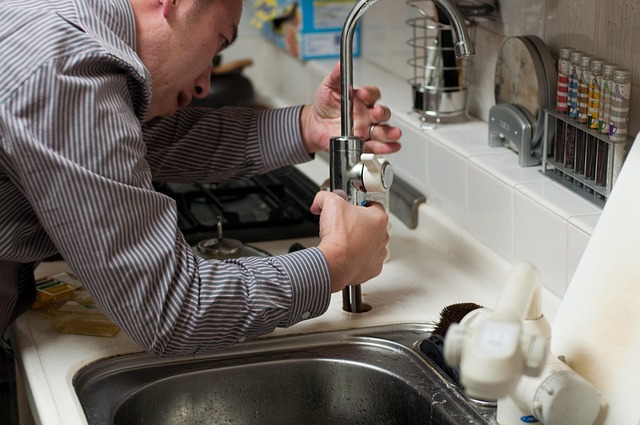
For any do-it-yourselfer considering tackling plumbing projects around their home, understanding basic plumbing tools and equipment is essential. This includes familiarizing yourself with common fixtures like pipes, valves, and fittings, as well as essential tools such as wrenches, pliers, and augers. Knowing how to use these effectively can make simple repairs and maintenance tasks much easier and more manageable. Many professional plumber services rely on these same tools, so gaining proficiency will help you tackle issues with confidence and possibly even save you from calling in the experts for minor problems.
While DIY plumbing projects can be satisfying, there’s a world of difference between what a novice can accomplish and what an expert can do. Plumbing tips for energy efficiency, such as installing low-flow fixtures or fixing leaks promptly, are valuable skills to learn. However, complex issues like expert drain cleaning and unclogging may require the expertise and tools of a professional plumber service. Knowing when to seek help ensures jobs are done correctly and safely, preventing further damage or costly repairs down the line.
Diagnosing Common Home Plumbing Issues
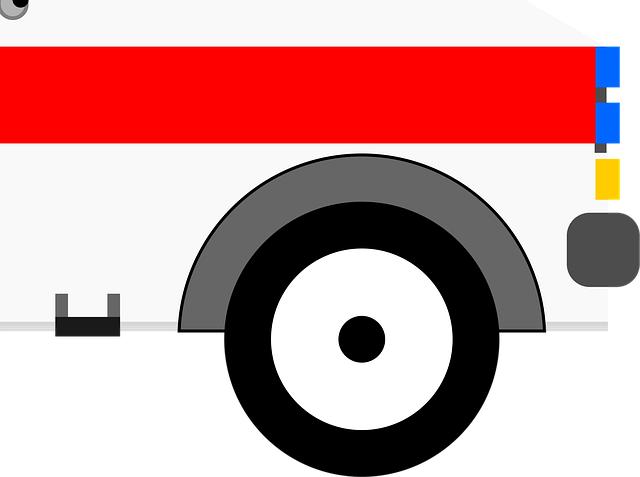
Many homeowners often attempt to tackle basic plumbing issues themselves, but identifying and diagnosing problems accurately is key. Common symptoms like slow drainage, leaking pipes, or persistent clogs can stem from various causes—from simple debris buildup to more complex pipe damage. Before reaching for a DIY kit, understand that some challenges require professional plumber services, especially in commercial spaces where specialized planning is crucial.
While plumbing and pipefitting jobs share similarities, they are distinct trades. Efficient water heater repair services, for instance, demand precise knowledge of heating elements, temperature control, and safety regulations. Misdiagnosis or incorrect repairs can lead to further damage, costly repairs, or even hazardous situations. Therefore, it’s wise to consult a plumber for guidance when dealing with complex plumbing issues to ensure the problem is addressed correctly and safely.
Step-by-Step Guide to Replacing Faucet Cartridges

Replacing faucet cartridges is a simple yet effective way to refresh your kitchen or bathroom fixtures and potentially save you money on professional plumber services. Before beginning, gather the necessary tools: a new cartridge, pliers, and a rag. Turn off the water supply under the sink using the shut-off valves located behind the faucet. This prevents leaks during installation. With the water off, unscrew the old cartridge from the faucet stem using your pliers. Gently pull it out and inspect for any debris or damage that may require further attention. Install the new cartridge by aligning its parts with the stem and pushing it firmly into place. Once secure, turn on the water supply and test the new cartridge’s functionality, including temperature control and flow rate.
If you encounter challenges during installation or suspect complex issues within your plumbing system, consider seeking professional plumber services. Plumbing solutions for small spaces often require specialized tools and knowledge, which a professional can provide. Additionally, when choosing a plumber, how to choose the right plumber is crucial. Look for licensed, experienced technicians who offer transparent pricing and high-quality workmanship to ensure your plumbing issues are resolved efficiently without compromising on quality.
Unclogging Drains Safely and Effectively
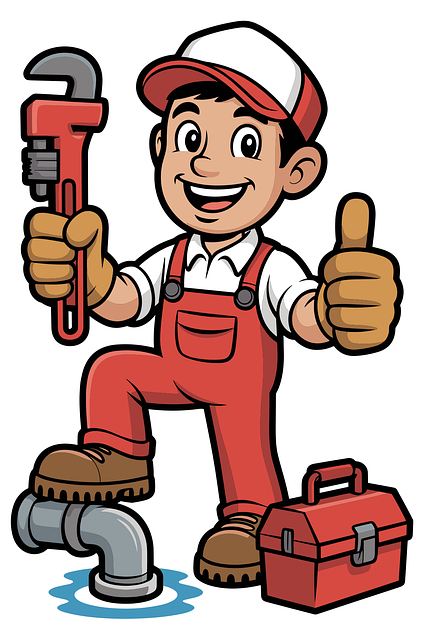
Unclogging drains is a common DIY task, but it’s important to approach it safely and effectively to avoid damage. Start by using a plunger, which is a simple and effective tool for clearing minor clogs. Apply firm, even pressure to create a seal around the drain opening before plunging. This creates a vacuum that helps dislodge the blockage. If this doesn’t work, try a chemical drain cleaner, but always follow safety instructions and wear protective gear. These products can be potent, so use them sparingly and according to the manufacturer’s guidelines.
For more stubborn clogs or repeated issues, it’s best to consult a professional plumber service. They have access to specialized tools like hydro-jetting machines that can blast away tough obstructions. Moreover, if you’re dealing with a boiler repair, sewer line replacement, or other complex plumbing tasks often requiring professionals, these specialists are equipped to handle such challenges effectively and efficiently, ensuring your home’s plumbing system remains in top shape.
Installing a Water Filter System: A DIYer's Guide
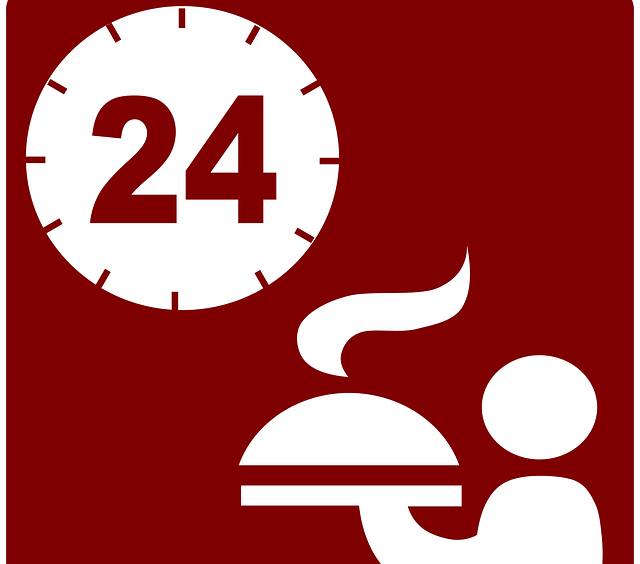
Installing a water filter system is a great DIY project that can significantly improve your home’s water quality. Start by identifying the right location for your filter, typically near the main water supply or in a convenient spot for regular access. Once chosen, turn off the main water valve to prevent any leaks during installation. The next step involves connecting the filter system according to the manufacturer’s instructions. This often includes attaching the filter housing and installing the carbon or ceramic filters. Remember, proper sealing is crucial to avoid any water contamination.
For those tackling larger projects like high-rise buildings or new construction, consider enlisting the help of a professional plumber services. A plumber for gas line repairs or a plumber for new construction projects can ensure efficient and safe installations, especially when dealing with complex plumbing systems. These experts have the tools and expertise to navigate challenging spaces, making them invaluable resources for DIYers tackling substantial renovations.
Whether you’re a seasoned DIYer or just looking to tackle some basic plumbing tasks, these tips and guides empower you to navigate common home plumbing issues with confidence. From understanding essential tools to installing water filter systems, you now have the knowledge to perform routine maintenance and repairs without calling for professional plumber services every time. Remember, proper care and attention to detail can save you money and prevent costly breakdowns. With these DIY skills under your belt, you’re well-equipped to keep your plumbing system running smoothly for years to come.
